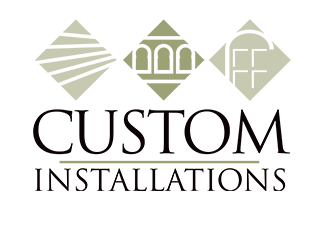How Humidity Can Do a Number on Your House
Humidity is a measurement of the amount of moisture in the air both indoors and out. It plays an important role in your comfort when it comes to indoor air, but too much humidity can create significant problems. Understanding humidity and its potential effects on your home can help you make better decisions about maintenance and repairs.
Humidity vs. Relative Humidity
The word “humidity” refers to water vapor in the air. Relative humidity is a bit more specific because it defines the amount of water vapor in the air at certain temperatures. The colder the air, the less moisture it can hold; conversely, the warmer the air, the more moisture it can hold. Relative humidity, then, describes how much moisture the air is actually holding versus the maximum amount of moisture it can hold at any given temperature. As an example, assume that the relative humidity in your home is 45%. This means that the air inside your home is holding 45% of the moisture it is capable of holding at the current air temperature.
Relative humidity is measured as a percentage, and it can range from anywhere to 0% to 100%. At 0%, there is no moisture whatsoever in the air. It is incredibly rare for relative humidity to fall to 0% inside your home. On the other hand, 100% relative humidity means the air is completely saturated and cannot hold any more moisture. According to surveys, the “comfort zone” for relative humidity falls between 20% and 60% for 80% of all respondents.
Humidity & Your Roof
In the Midwest, the climate from season to season can change drastically. Because the roof of your home is made of porous wood, it will expand and contract as it absorbs and expels moisture. During the warm summer months, this can be especially problematic. Hot, moist air tends to rise and will find its way into your attic. If your attic is not properly ventilated, there is a very good chance that condensation may form. This moisture can cause mold and rot, and in turn, this can damage your roof. Your goal as a homeowner is to keep your roof dry at all times while maintaining comfortable humidity inside your home.
How to Achieve the Proper Humidity Levels
Managing relative humidity inside your home can be tricky, but it’s important when it comes to protecting your home and extending the life of your home’s very structure – including the roof. Experts in the industry recommend keeping the relative humidity inside your home to anywhere between 20% and 50%. Although 60% humidity still falls within the “comfort zone” for most people, anything more than 50% relative humidity increases the odds of moisture damage in your attic and your roof.
Central air conditioning can remove some of the moisture from the air inside your home, making it feel quite comfortable. However, your attic is a different story. In most homes, attics are not served by HVAC systems, which means the temperature and relative humidity is often much higher. Proper attic ventilation is the solution; it allows airflow which helps to prevent condensation, thereby extending the life of your roof.
The best way to prevent damage to your roof due to humidity is to purchase an inexpensive hygrometer, place it in the attic, and read it a few times a day for several days. If the humidity in your attic regularly climbs over 50%, the best advice is to contact a local contractor who can help you improve your attic’s ventilation.







